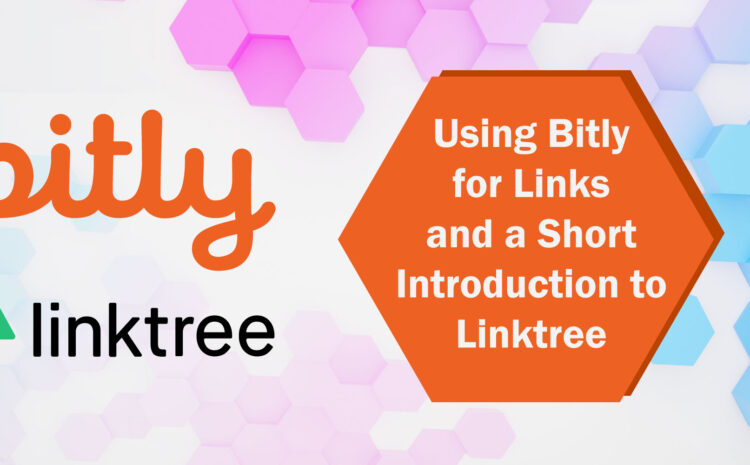What is no-code?
As technology continues to advance, no-code programming has become a hot topic. But what is no-code programming exactly? In essence, no-code programming allows anyone to create software applications without writing a single line of code. By providing a visual interface where users can build and customize their own applications, no-code programming platforms like CQwik democratize software development.
What is No-Code Programming Development?
At its core, no-code programming development enables the creation of software applications without the need for traditional programming skills. It utilizes a visual development environment where users can drag and drop components to design their software applications. This environment is typically provided by a no-code programming platform.
A significant advantage of no-code programming development is its accessibility. It opens the door for non-programmers to participate in the creation of software, allowing businesses to tap into a broader range of skills and perspectives within their teams.
Moreover, no-code development can expedite the software development process. Without the need to write code from scratch, teams can quickly prototype, iterate, and deploy applications, enhancing agility and responsiveness to changing business needs.
What are the No-Code Development Platforms for Programmers?
No-code development platforms are tools that provide the visual environment for no-code programming. There are many options available, including CQwik, Bubble, Adalo, OutSystems, and others.
Among these platforms, CQwik stands out for its seamless integration with Amazon QuickSight, secure AWS Cloud environment, and innovative QuickSight Embed Framework+ for modernized analytics and reporting.
What can you build with no-code?
The possibilities with no-code programming are nearly endless. From internal tools to help your team work more efficiently to customer-facing apps that enhance the user experience, no-code platforms can be used to build a vast array of software applications.
You can build interactive dashboards, manage and analyze data, set up automation workflows, and much more. Given the speed and flexibility of no-code platforms, you can rapidly prototype new ideas, make swift changes based on user feedback, and deploy improved versions of your applications.
How is No-code different from Low-code development?
While no-code and low-code development both aim to simplify software creation, there are key differences. In essence, low-code development still requires some level of coding, making it more suitable for developers aiming for greater customizability and complexity. On the other hand, no-code platforms are designed for users without any coding knowledge, offering simplicity and accessibility.
1. Coding requirement:No-code platforms require zero coding knowledge. In contrast, low-code platforms, while simplifying the process, still require some coding.
2. User base: No-code platforms are generally targeted at business users without programming skills, while low-code platforms are designed for professional developers aiming to speed up the development process.
3. Complexity: Low-code platforms can handle more complex tasks due to the coding involved, while no-code platforms are generally more suitable for simpler, less complex applications.
4. Speed: Because no coding is required, no-code platforms typically allow faster development and deployment of applications than low-code platforms.
5. Flexibility: Low-code platforms usually offer more flexibility and customization options because of their coding capabilities. However, no-code platforms offer enough flexibility for a wide range of applications.
Advantages of no-code development:
The rise of no-code development isn’t coincidental; it brings a host of benefits.
1. Accessibility: No-code platforms make application development accessible to non-programmers.
2. Speed: Without the need for coding, applications can be built, iterated, and launched quickly.
3. Cost-efficiency: No-code platforms can reduce the need for hiring professional programmers, lowering development costs.
4. Innovation: Because more people can contribute to application development, there is potential for greater innovation.
5. Democratization: By empowering non-programmers to create software, no-code development democratizes the field of application development.
No-code development features:
No-code platforms provide a suite of features that facilitate the application development process:
1. Visual Interface: Drag-and-drop interfaces let users build applications visually, without writing code.
2. Data Management: No-code platforms typically offer built-in features for managing and analyzing data.
3. Integration: They often integrate with other business tools, allowing users to automate workflows and streamline processes.
4. Scalability: These platforms allow applications to grow with your business, handling increasing data and users.
5. Security: Many no-code platforms prioritize security, providing features to protect your data and ensure the privacy of your users.
Why use CQwik for no-code development?
CQwik takes no-code development to another level with its focus on modernizing analytics and reporting. With its secure AWS Cloud environment and QuickSight Embed Framework+, CQwik allows you to create interactive, real-time visualizations and key metrics within your applications. Embrace a smarter way to visualize data and make business decisions with CQwik.
FAQ
Q: Can I use no-code development without any technical knowledge?
A: Absolutely! That’s the beauty of no-code development.
Q: Is no-code secure?*
A: Yes, most no-code platforms, including CQwik, prioritize data security.
Q: Can I customize my application built on a no-code platform?
A: Yes, most no-code platforms allow for customization.
Q: Can a no-code platform integrate with other software?
A: Yes, many no-code platforms offer integration features.
Q: Is no-code only for simple applications?
A: No, you can build a wide range of applications with varying complexity using no-code platforms.




